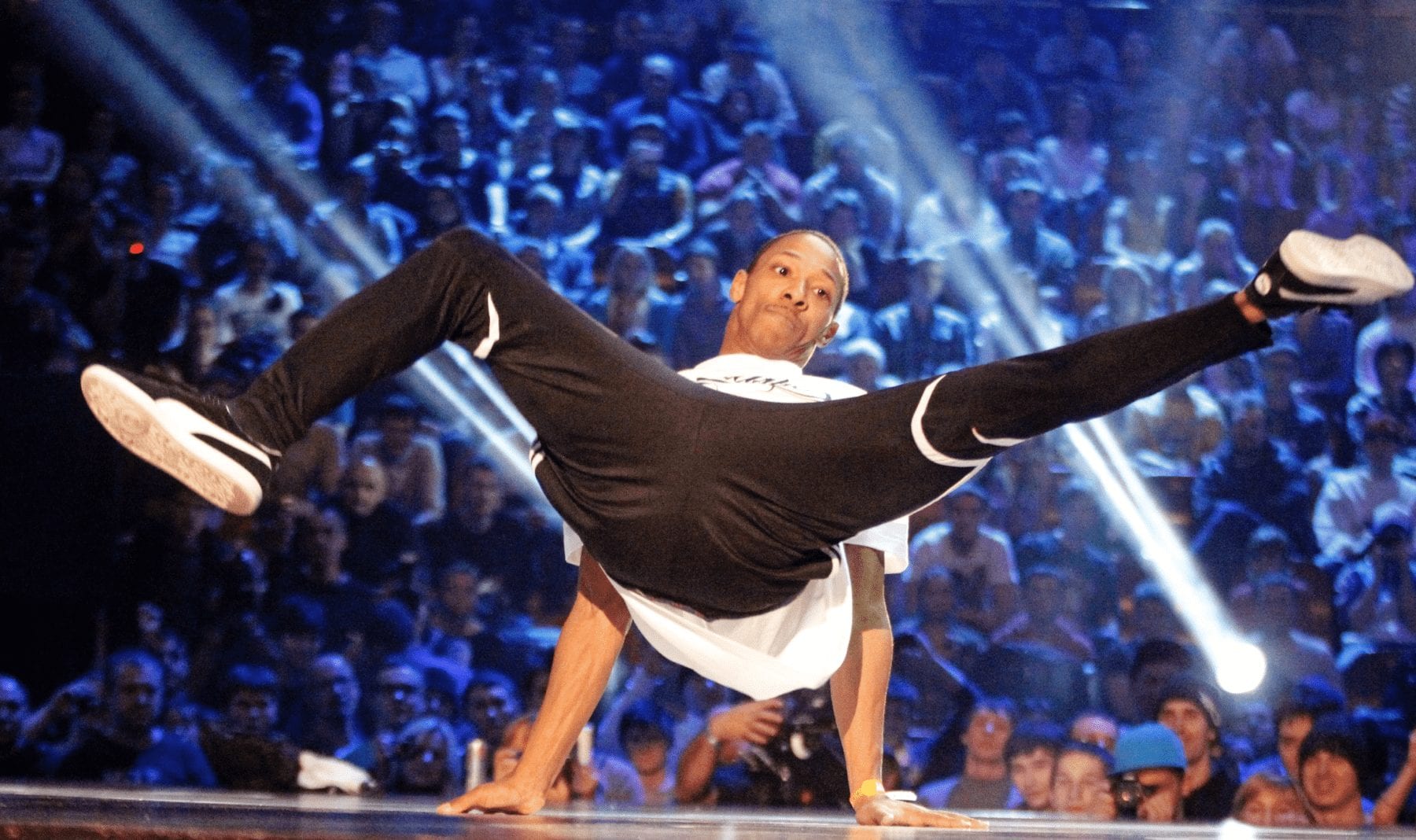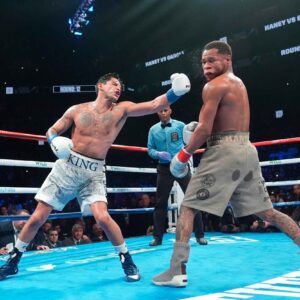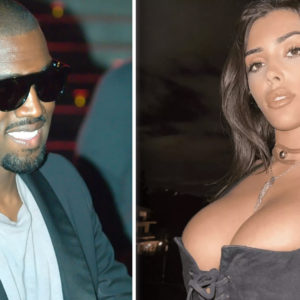There is no bigger breaking news than news that “breaking” is an Olympic sport.
The head-spinning, flipping and freezing that originated on flattened cardboard boxes and New York street corners in the 1970s is moving to downtown Paris in 2024, when breakdancing becomes an official sport of the Summer Olympics.
In the International Olympic Committee’s attempt to hit younger audiences and move with the urbanization of sports, one-on-one dance battles will occur between 16 B-boys and 16 B-girls in “breaking,” the official name of the sport in a nod to when it began as hip-hop did.
Breaking already has been wildly competitive from its inception and the athleticism is undeniable with the necessary acrobatics. It was under trial at the 2018 Youth Olympics with crowds of 30,000 people per day in Buenos Aires, Argentina, but there are haters.
“Where’s the Olympics going?” three-time squash world champion Michelle Martin told The Guardian. “I know some people say breakdancing’s a sport but I don’t understand.”
Martin does make a valid point that judged sports are ripe for corruption. But so are the traditional ones. Boxing and weightlifting will be cut back harshly for 2024 because of doping and judging scandals.
The judging worries the breaking traditionalists, too. The improvisation and originality of each performance is the essence of breaking, which was a cultural cornerstone in America. Scoring could turn it too technical
After nearly five decades, breaking remains popular with worldwide competitions and aspects of it appearing in movies and TV competitions.
“It’s, in my opinion, just as physically demanding as gymnastics,” said Logan “Logistx” Edra, a 17-year-old B-girl in San Diego.
If you not a fan, take solace that parkour was rejected.


















Add comment